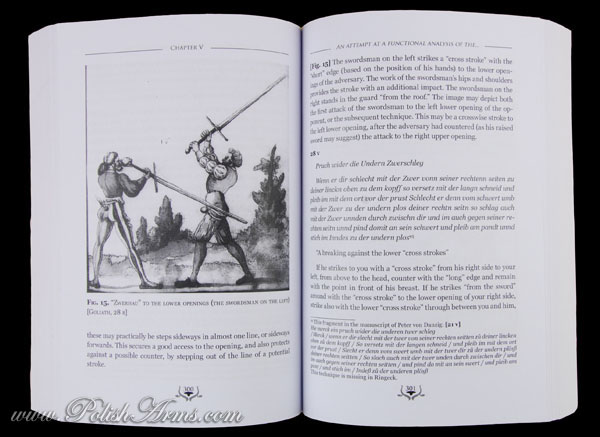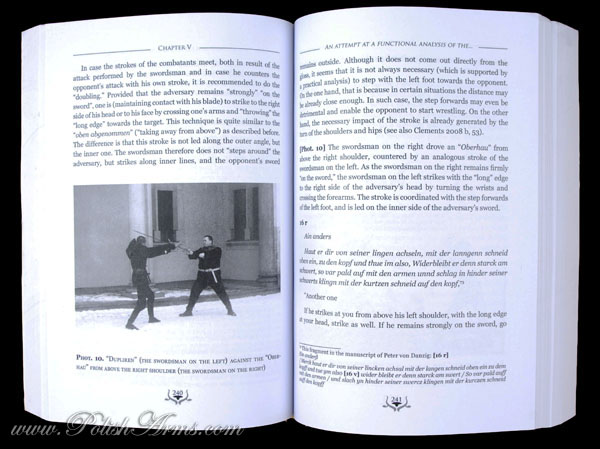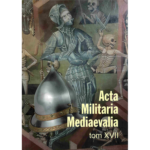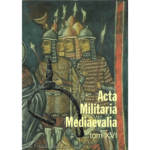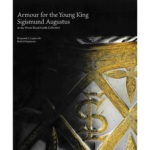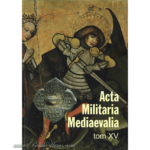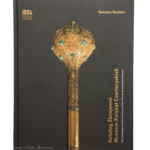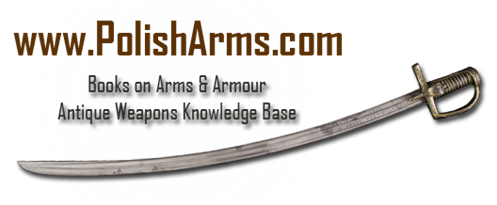
The Longsword Teachings of Master Liechtenauer
$75.00
In stock
“The Longsword Teachings of Master Liechtenauer
– The Early Sixteenth Century Swordmanship Comments in the Goliath Manuscript “
by Grzegorz Żabiński
Toruń 2010
What a fabulous book it is!
Well, at least for those who are interested in swords and cannot read old German language, not mention access to original 16-th century manuscripts. For sword-lovers this book is a must-have, and for sure it is the best book on swords since Lech Marek’s Early Medieval Swords…
What is most important – THE BOOK IS IN ENGLISH! And it is really very thick – 596 pages! So every sword lover can be sure it will take a lot of time and fun to get through this interesting material!
But what is this book about?
It is deep analysis of the old, 16-th century German manuscript on longsword and dagger fighting techniques, including quotations from the work of Liechtenauer. The book is enriched with original illustrations and contemporary photos of the techniques presented in the book.
Note: the book has been officially sold out by the publisher and is now a rarity
Description
Contents:
INTRODUCTION
– Previous Scholarship
– Purposes and Proposed Structure of the Work. Methodology of research.
CHAPTER I: European Martial Arts of the Middle Ages and Early Renaissance
– European Masters of Marial Arts with Special Reference to the Holy Roman Empire
– Swordmanship “Traditions”. Kinds of Martial Arts Taught and Their Practical Applicability
– Swordmanship Treaties (selected examples): their Function, Structure and Purpose
CHAPTER II: The “Tradition” of Johannes Liechtenauer
– Johannes Liechtenauer, His Teaching and Influence on the Development of Martial Arts in Europe (general remarks)
– Filiations of the Work of Hanko Dobringer as the Oldes Known Record of Liechtenauer’s Teaching
– The Structure and Practicality of Liechtenauer’s System
CHAPTER III: Comments to the Verses of Liechtenauer in the Manuscrip of the Preussische Konigliche Staatsbibliothek
– Description and Structure of the Manuscript. Its Place in the Filiation Scheme in the “Tradition of Liechtenauer”
– Attempt at Defining the Place and the Aim of Origin of the Manuscript
CHAPTER IV: Two-Handed Infantry Swords from the Manuscript of Preussiche Konigliche Staatsbibliothek
– Preserved Original Examples of Swords Corresponding to the Weapons Depicted in the Manuscript
CHAPTER V: An Attempt at a Functional Analysis of the “Blossfechten” Section of the Manuscript Ms. Germ. 2020 from the Preussische Konigliche Staatsbibliothek
– Introductionary Remarks
– An Attempt at a Functional Analysis
– Summary
CHAPTER VI: Application of the Two-Handed Infantry Sword at the End of the 15th- the Beginning of the 16th Century
– Introductionary Remarks
– The Evolution of Defensive Armour and the Evolution of Swords in Latin Europe at the End of the Middle Ages and the Biginning of the 16th Century
– The Applicability of Liechtenauer’s System to Two-Handed Infantry Swords
– A Tactical Application of the Two-Handed Infantry Sword on the Battlefield
CHAPTER VII: Conlusions
– The Manuscript Ms. Germ. Quart. 2020 – Provenience, Time, Place and Aim of Origin
– Suggestions for Further Research
Appendix: Concordance of the Sections of “Blossfechten” in the Manuscripts of Dobringer and Ringeck
– Concordance of the Sections of “Blossfechten” in the Manuscripts of Dobringer and Ringeck
– Variations in Lichtenauer’s “Blossfechten” Verses in the Manuscripts of Dobringer, Ringeck and von Danzig
– Concordance of the Sections of “Blossfechten” in the Manuscripts of Peter von Danzig and Ringeck
– Concordance of the Sections of “Blossfechten” in the Manuscripts of Peter von Danzig and Lew
– Concordance of the Sections of “Blossfechten” in the Manuscript of Peter von Danzig and in Goliath
Let’s hear from the Author himself:
The purpose of this book is to present a source analysis of illustrated comments drawn from the swordmanship treaties in the tradition of Johannes Lichtenauer. The oldest known copy of Liechtenauer’s teachings (rhymed verses) comes from the manuscript of Liechtenauer’s student, Hanko Dobringer. These verses were in turn commented upon by later masters of the sword. The commentaries analysed in this book (henceforth referred to as a Goliath, from the illustration on the first chart) are preserved in the collection of Preussische Konigliche Staatsbibliothek in Berlin, at present in the deposit of the Jagiellonian Library in Krakow. They are part of a swordmanship tradition, which includes other treaties, such as those of Peter von Danzig (1452), Master Sigmund Ringeck (1452-1460) and Hanko Dobringer (1389).
Apart from the teaching of Liechtenauer, the manuscript also contains the treaties of other masters-at-arms, such as Andreas Liegnitzer, Ott the Jew and Martin Hundsfeld. Moreover, it includes chapters devoted to other weapons, but without giving the names of their authors (quarterstaff, dagger, wrestling, wrestling ‘in a ditch’, mounted combat, armoured foot and mounted combat). This book concentrates on the first section only, which contains those comments on Liechtenauer’s verses concerning the “long sword” (in fact, weapons depicted in the manuscript are two-handed swords) in unarmoured foot combat.
Selected works performed upon the order of Emperor Maximillian I were also considered. The role of those works was to commemorate and propagate the deeds of Maximilian.
In order to examine authentic, original samples of the two-handed infantry swords from the late fiftinth and earlu sixteenth century, the swords preserved in the collections of the State Art Collection in the royal Castle of Wawel (Kraków) and in the National Museum in Wrocław were studied.
The book was reviewed by two known scholars:
prof. Zdzisław Żygulski jr.
The author demonstrated considerable courage by choosing an extremely difficult research subject. A source analysis, being an essence of historical research, poses by definition numerous difficulties. In order to overcome them, a considerable level of cempetence is needed, inlcuding linguistic sensitivity, broad general knowledge, criticism and enormous precision. If a text is combined with visual presentations – as it is the case here – it additionaly requires particular perceptiveness and spatial imagination.
prof. Marian Głosek
The author undertook a difficult task, which requires both scholarly and practical competence in broadly understood studies of arms and armour. It must be stressed that the author successfully translated the German text of the treatise. His remarks concerning swordmanship techniques are convincing and their credibility is additionaly increased by practical experiments with replicas of two-handed swords.
HIGHLY RECOMMENDED!
Additional information
| Weight | 0.9 kg |
|---|---|
| Condition | NEW, but some small signs of transport might be seen on the cover due to lacquer used in printing |
| Pages | |
| Language | |
| Cover | |
| Pictures | |
| Dimensions | |
| Weight incl. pack. |










